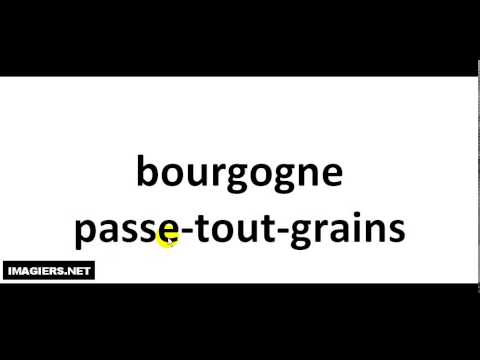I think I still have a bottle or two left of the '07 Lafarge L’Exception, and it has aged okay - certainly not tired, at any rate.
Not a fan…but still wonder how to pronounce it?
Depends. The wines are usually not made to age. Traditionally the Gamay and PN were planted together as a field blend, harvested together, and fermented together, and the wine was mostly made via carbonic maceration. A bit of white might be added too.
And often the rosé was made with some bleed wine while the skins were left with the remaining juice, so the red would have a bit more structure.
It was a practical wine, not a “serious” wine. So historically there would be very few that you’d want to age.
But “theoretically” is an interesting word. There’s no reason at all that you can’t make one to age. All you would have to do is be as selective as you would be when making a straight cru Beaujolais or a Burgundy. Both Gamay and Pinot Noir can age, and you can use some white grapes too when making a PTG and we know that some red wines with a touch of white age very nicely, so my hunch would be that there’s no technical reason you couldn’t make a great PTG to age.
But if you were in France and you had great vineyards in the region, you’d probably rip out the field blend and do a monovarietal planting and then a monovarietal bottling because you’ve just spent seventy years telling the world how only one single grape can express your magnificent terroir. So if you were to look for some that would be ageworthy, you’d probably not look to France.
And I think it’s actually an AOC now, so you probably would have to call it something else, although that seems a little bit unfair, since the word initially described a technique rather than a region.
![]()
Awesome! That’s how I’m saying it from now on.
I’ve always enjoyed Chevillon’s, but it certainly seems to be made to drink in the short term. Possibly of interest to those following this thread; since 2011 the appellation of Bourgogne Gamay is allowed on the label of wines that are at least 30% gamay from any of Beaujolais’ crus, with the remainder pinot noir. Thibault Liger-Belair makes a nice one. Although it is interesting that his Beaujolais-Villages seems to have more structure and aging potential than his Bourgogne Gamay.

